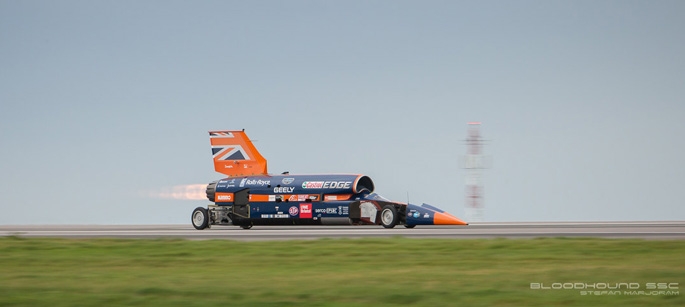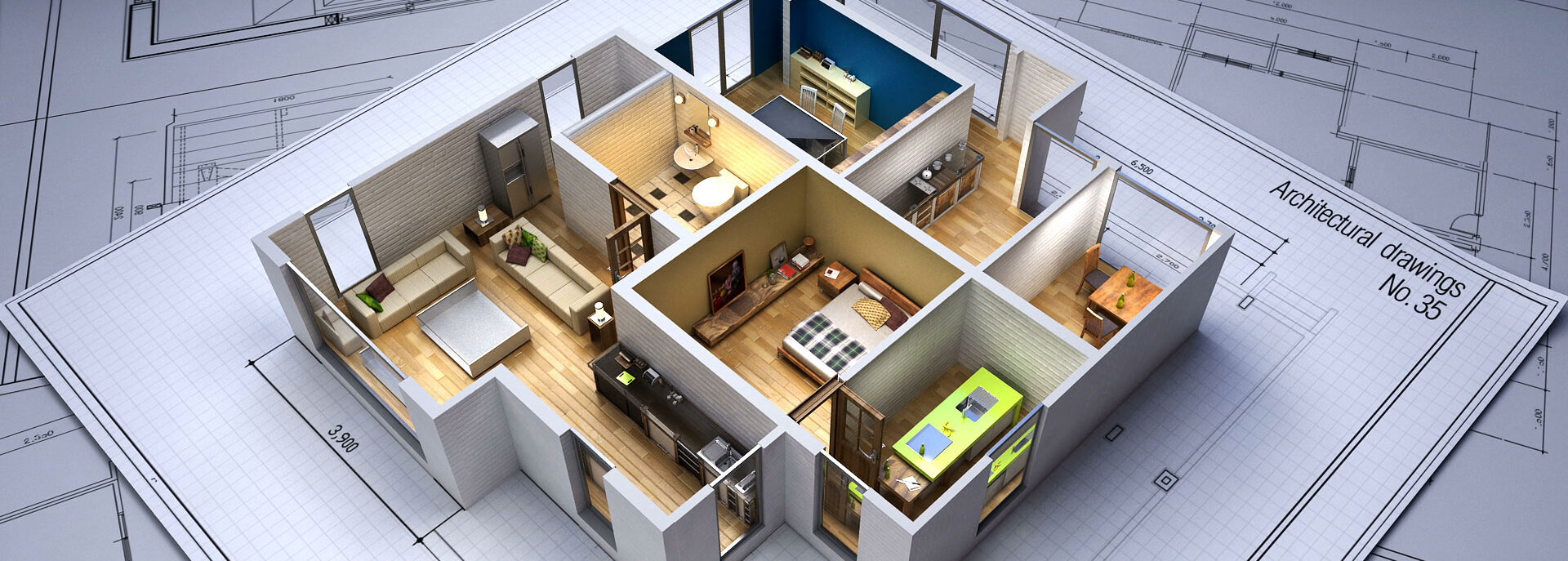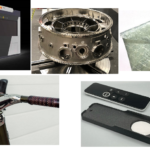

You might think that the person shooting past you on the freeway is going absurdly fast, but they’re crawling in comparison to the speed the Bloodhound will eventually be going. The Bloodhound Project has two main goals: to break the sound barrier, and to become the first land vehicle to travel at 1,000 mph. To hold up under that kind of speed, a car has to be designed very specifically, and the Bloodhound is: most of the cockpit and nose are made from carbon fiber-reinforced epoxy. Still, at speeds of 1,000 mph the car will experience more than 20,000 kg of skin drag, and the nose tip will experience the majority of it – up to 12,000 kg – as it’s on the leading edge.
A part at the forefront of that much speed requires careful design. The nose tip may look smooth, but it has very subtle curves that influence its aerodynamics. It’s a much more complex design than it appears, with a hollow tip to reduce weight. To prototype the part, the Bloodhound Project turned to Renishaw and its additive manufacturing capabilities.
“We believe that the key benefit of using an additive manufacturing process to produce the nose tip is the ability to create a hollow tip to minimise weight,” the Bloodhound team explained. “To machine this component conventionally would be extremely challenging, result in design compromises, and waste as much as ninety five per cent of the expensive raw material.”
A steering wheel for the Bloodhound was 3D printed from titanium, and titanium was also used to 3D print the nose tip. Renishaw calibrated the laser of its 3D printer to an accuracy of ± 50 µm over the 250 mm bed in order to be able to properly reproduce the specific dimensions of the CAD model. Those dimensions included a hollow, tapering pocket with a depth of 130 mm – a pocket that would be much more difficult to create through machining.

The nose tip was created with a honeycomb internal structure, to further reduce weight yet retain strength. While the structure is more complex than a uniform wall, it’s also cheaper to manufacture, as it uses less material. Again, this design would have been very difficult to manufacture using any other type of technology.
Renishaw engineers and Bloodhound designers worked together to model the nose tip’s weight-reducing features, which were 3D printed not long afterwards. Using additive manufacturing eliminated many of the steps that would have been required in a traditional manufacturing process. With conventional manufacturing, they would have needed to wait for the proper material to be supplied, likely with a minimum order quantity, as well as tooling, design review, and sign-off. Using additive manufacturing allowed them to go directly from modeling to printing, as many times as necessary.
Last week, the Bloodhound made its first public test drive and reached a speed of 210 mph in just eight seconds. At this stage of its development, that’s even better than expected, according to driver Andy Green. Next year, the car will be run at even higher speeds as it works towards its goal of hitting 1,000 mph – and additive manufacturing will be partly to thank for its performance.
Bloodhound in position for the final day of running #BloodhoundIsGo #Newquay2017 pic.twitter.com/0zOYepyrpA
— BLOODHOUND SSC (@BLOODHOUND_SSC) October 30, 2017
Discuss this and other 3D printing topics at 3DPrintBoard.com or share your thoughts below.
[Source: Renishaw / Images: The Bloodhound Project]
If you're looking to get an architectural rendering quote in the USA, our service provides a simple and efficient process to obtain the best pricing tailored to your project. Through our platform, you can easily submit your project details and receive a competitive quote from our team of experts. We offer high-quality 3D renderings for both interior and exterior designs, helping you bring your architectural visions to life with stunning precision. With our support, you can be confident in receiving professional services at affordable prices, without the hassle of dealing with multiple vendors.
Getting an accurate architectural rendering quote has never been easier. Through our portal, you’ll have direct access to a streamlined process where we guide you step by step, ensuring all your needs are met. Our 3D rendering experts work closely with you to ensure the final product matches your expectations, whether it’s for residential, commercial, or mixed-use developments. Trust our platform to provide you with the best possible rates and results, all with a quick turnaround time and exceptional customer support.





